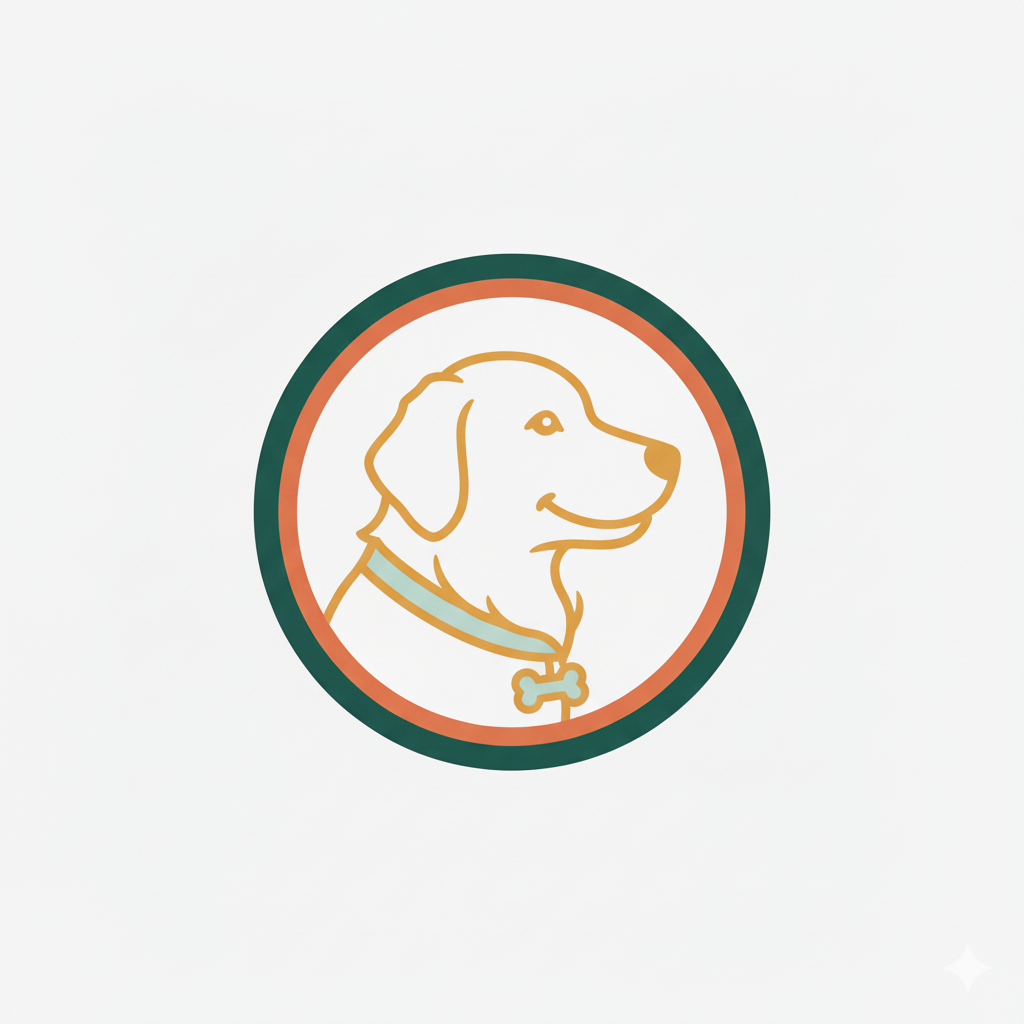The Impact of Cats on British Wildlife Populations
Understanding cat predation is crucial when examining its effect on British wildlife. The UK is home to millions of domestic cats and a significant number of feral cats. Recent studies estimate that over 10 million pet cats and about 1 million feral cats roam the countryside and urban areas alike. These cats actively hunt, impacting local native species populations.
Scientific surveys show that cat predation significantly reduces the numbers of small mammals, birds, and reptiles. For example, fieldwork reveals that cats kill millions of birds annually in Britain, including vulnerable species like the hedgehog and certain ground-nesting birds. The predation pressure intensifies threats already faced by some native populations due to habitat loss.
Have you seen this : What are the nutritional needs of UK cats?
Quantitative research demonstrates that cats consume an estimated 55 million mammals and 50 million birds in Britain every year. This predation contributes to population declines, especially in isolated or fragmented habitats where wildlife cannot easily recover.
Thus, the presence of both domestic and feral cats plays a prominent role in shaping British wildlife dynamics. Understanding this helps conservationists devise strategies to mitigate undue pressure on native species populations while balancing cat welfare and ecosystem health.
Additional reading : How Do British Cats Impact Local Wildlife?
Behavioral Changes in British Wildlife Due to Cats
British wildlife exhibits notable behavioral changes in response to the presence of domestic and feral cats, which act as predators altering their natural routines. Birds and small mammals, in particular, modify their feeding and foraging habits to reduce predation risk. For example, small mammals such as voles and shrews may shift to nocturnal activity or utilize denser cover during feeding, minimizing exposure to hunting cats.
Nesting patterns are also affected; some bird species have been observed relocating nests to less accessible or more concealed sites, changing their usual habitat use. This predator avoidance behavior can lead to reduced reproductive success if suitable nesting areas are scarce.
These behavioral adjustments ripple through the ecosystem, affecting food chains and ecological relationships. Predation pressure from cats disrupts the balance, potentially leading to population declines and altered species interactions. Such shifts can influence seed dispersal and insect population control, highlighting the broader ecological impact of cats on wildlife behavior.
Understanding these changes is crucial for wildlife management and conservation strategies aimed at mitigating cat-related pressures. Encouraging responsible cat ownership and implementing effective control measures can help preserve the natural behaviors and habitats of British wildlife.
Positive and Negative Ecological Effects
Cats influence ecosystem balance in complex ways, leading to both negative and positive outcomes. One of the most talked-about concerns is their role as predators, which can disrupt native wildlife populations and reduce biodiversity. Cats often prey on native birds, small mammals, and reptiles, sometimes causing population declines or local extinctions. Such predation represents a significant ecological consequence in sensitive environments.
However, cats can also play a beneficial role by controlling invasive species or pests that threaten ecosystems. For example, feral cats may help reduce rodent populations that damage crops or spread disease. By managing these invasive species, cats can indirectly support habitat health and balance in certain areas.
Despite these potential benefits, the overall impact of cats is often considered detrimental when natural populations are vulnerable. The key concern lies in the disruption to ecosystem balance, where cats’ predatory behavior can shift species composition and dynamics. This shift may unintentionally favor some organisms over others, unbalancing the natural order.
Understanding these ecological consequences is crucial for conservation efforts aiming to protect both native wildlife and broader ecosystem health while considering the role cats play in their environment.
Scientific Perspectives and Case Studies
Understanding the impact of cats on UK wildlife requires rigorous research findings from renowned wildlife organizations such as the RSPB and the Mammal Society. These groups systematically monitor how domestic and feral cats interact with local fauna, providing invaluable data to inform conservation efforts.
One significant research project tracked bird predation rates by domestic cats across rural and urban landscapes in the UK. The findings highlighted that even well-fed cats often hunt wildlife, affecting vulnerable species populations. Ecological journals further support these observations, revealing that small mammals and ground-nesting birds face increased pressure due to cat predation.
Local case studies offer a more detailed glimpse into these interactions. For example, a Sussex-based initiative combined tracking technology with wildlife surveys to observe how free-roaming cats influenced hedgehog numbers. Results showed a direct correlation between cat presence and hedgehog decline, emphasizing the need for targeted interventions.
Wildlife organizations use such evidence to advocate controlled outdoor access and community awareness programs, aiming to balance cat welfare and wildlife protection. These comprehensive insights underscore the complexity of managing cat-wildlife dynamics and the importance of continual monitoring through ongoing case studies.
Addressing the Issue: Mitigation Strategies and Recommendations
Mitigating the impact of cats on wildlife requires coordinated efforts among cat owners, conservation groups, and policymakers. For cat management, one effective strategy is encouraging owners to keep cats indoors or establish nighttime curfews. This simple measure greatly reduces cats’ hunting opportunities, protecting native birds and small mammals.
Wildlife conservation organizations often promote wildlife-friendly initiatives such as creating outdoor enclosures (catios) or using collars with bells to warn potential prey. These approaches help safeguard vulnerable species without restricting cats’ outdoor enjoyment entirely.
On a broader scale, government policies and community projects can play a vital role. Some local councils have implemented regulations requiring microchipping, registration, and responsible pet ownership programs. Additionally, innovative technological solutions—like GPS trackers combined with geofencing alerts—allow owners to monitor and limit their cats’ roaming range, thus reducing wildlife encounters.
Collectively, these mitigation measures balance the needs of cat lovers and conservationists. Encouraging responsible behavior, supporting community engagement, and adopting new technologies together form a practical framework to minimize the negative effects on wildlife while preserving pet welfare.
